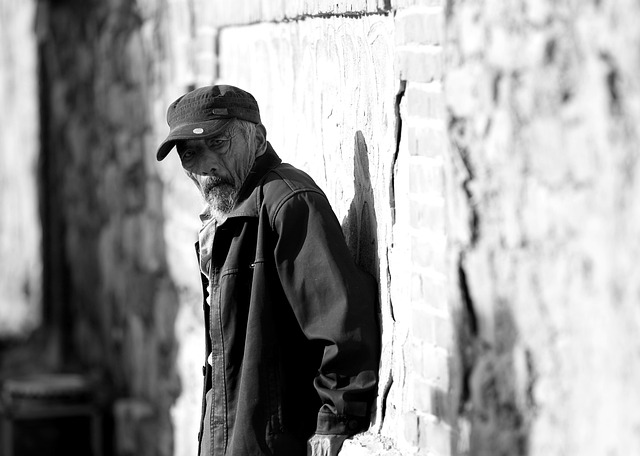The global aging trend is reshaping the real estate market by increasing demand for senior-focused housing. Real estate professionals must adapt by offering age-friendly properties with accessible layouts, assistive technologies, and social spaces. Developers who prioritize downsized, no-step entry, wide doorways, and easy-access kitchens will gain a competitive edge while enhancing quality of life for seniors and ensuring economic viability.
As our population ages, a significant shift is transforming the real estate landscape. The growing demand from an aging demographic presents both challenges and opportunities for the industry. This article explores how changing demographic trends are impacting the real estate market and guiding property strategies towards better catering to the needs of seniors. We delve into specific housing requirements, preferences, and the market’s evolution in response to this shifting population.
Changing Demographic Trends in Real Estate

The aging population is reshaping the landscape of real estate, reflecting changing demographic trends with profound implications for developers and investors. As birth rates decline and life expectancy rises globally, there’s a growing demand for housing that caters to the unique needs of seniors—a shift that’s prompting innovative designs and services tailored to this demographic. This trend is evident in the rise of age-friendly communities, featuring accessible layouts, assistive technologies, and social spaces designed to foster active lifestyles.
Real estate professionals must adapt to these shifts by offering housing options that prioritize accessibility, security, and community engagement for older adults. This involves not just building senior living facilities but also retrofitting existing properties to accommodate an aging population. Embracing these changes ensures real estate remains responsive to the evolving needs of society, enhancing quality of life for seniors while maintaining economic viability for developers.
Aging Population's Impact on Housing Demand

The aging population is significantly influencing the real estate sector, driving a surge in housing demand. As people live longer and older adults make up a larger portion of the demographic, there’s a growing need for specialized accommodation options that cater to their unique needs. This includes downsizing from larger family homes to more manageable, accessible living spaces, as well as an increased requirement for retirement communities and assisted living facilities.
This shift in population dynamics presents a significant opportunity for real estate developers who can adapt to these changing preferences. Constructing housing that accommodates aging in place, such as homes with no-step entries, wide doorways, and easy-access kitchens, not only meets the current demand but also future-proofs properties, ensuring their longevity and appeal in an increasingly elderly market.
Adapting Property Strategies for Elderly Market

With an aging population, the real estate market is experiencing a significant shift as demand for tailored properties increases. Adapting strategies to meet the unique needs of elderly individuals has become crucial for developers and investors alike. This involves creating accessible and age-friendly living spaces that cater to their changing lifestyles.
Properties designed with senior citizens in mind often incorporate features such as wide doorways, grab bars in bathrooms, and wheelchair accessibility. Additionally, intergenerational designs are gaining popularity, where older adults can live independently while still having access to community spaces shared with younger generations. These adaptations not only enhance the quality of life for seniors but also appeal to a growing market segment, ensuring long-term sustainability and profitability in the real estate sector.






